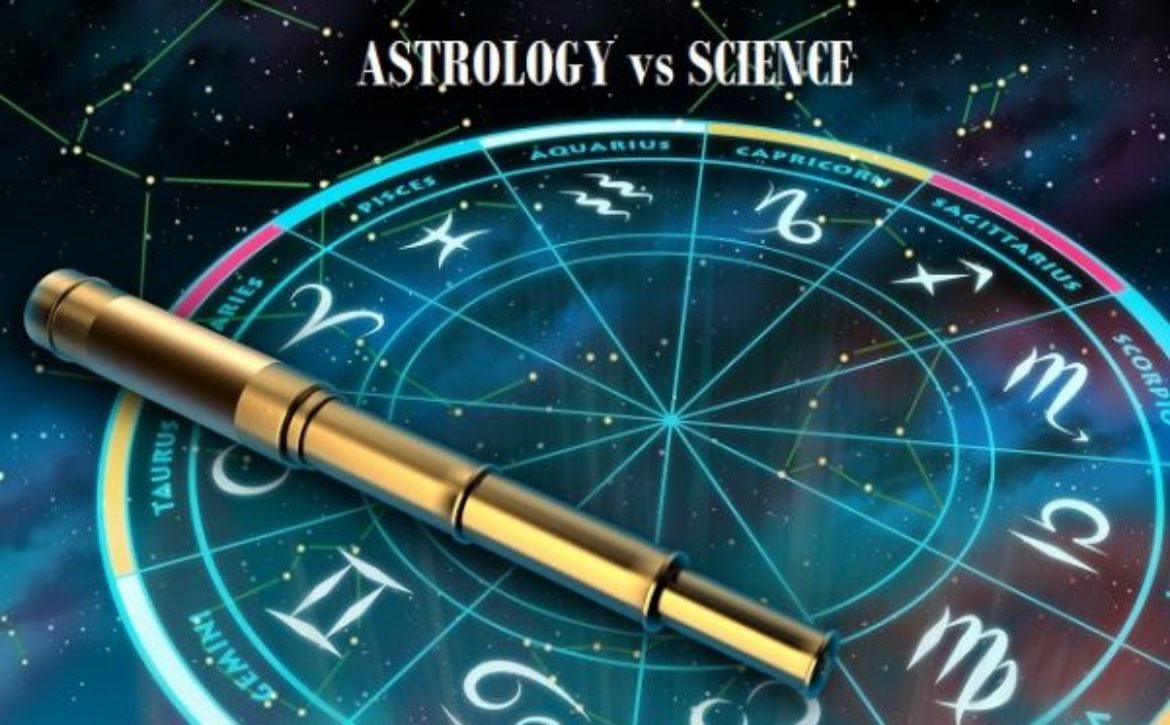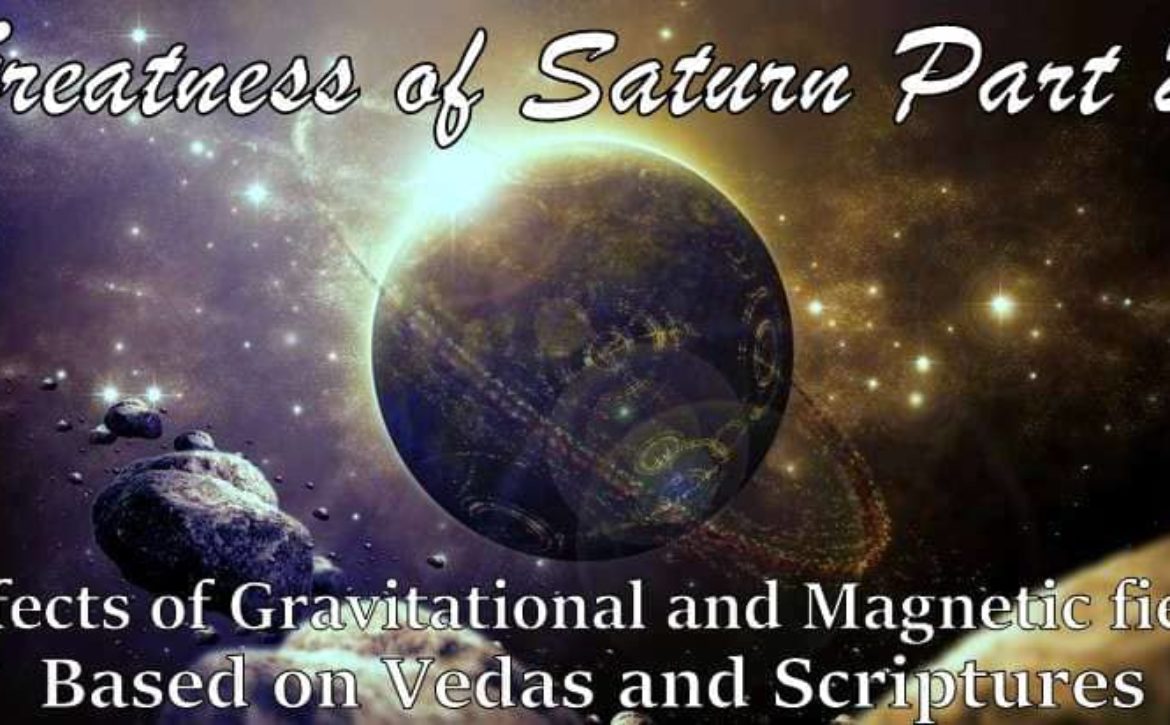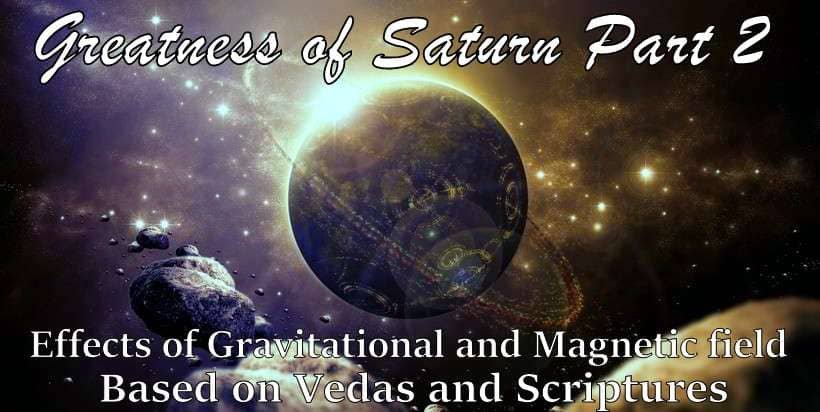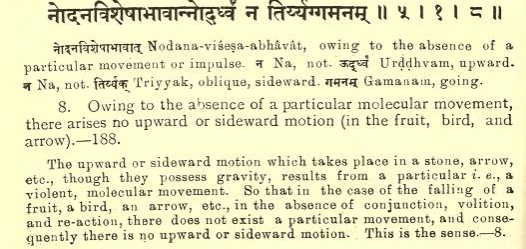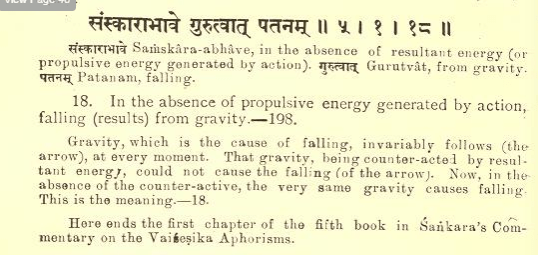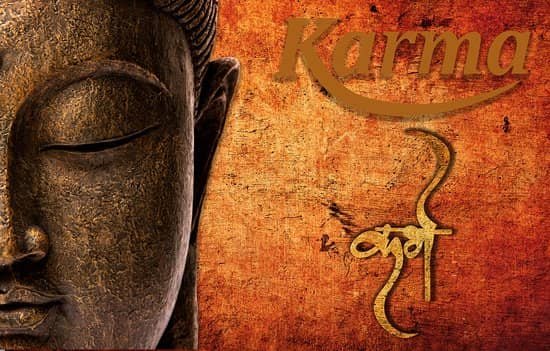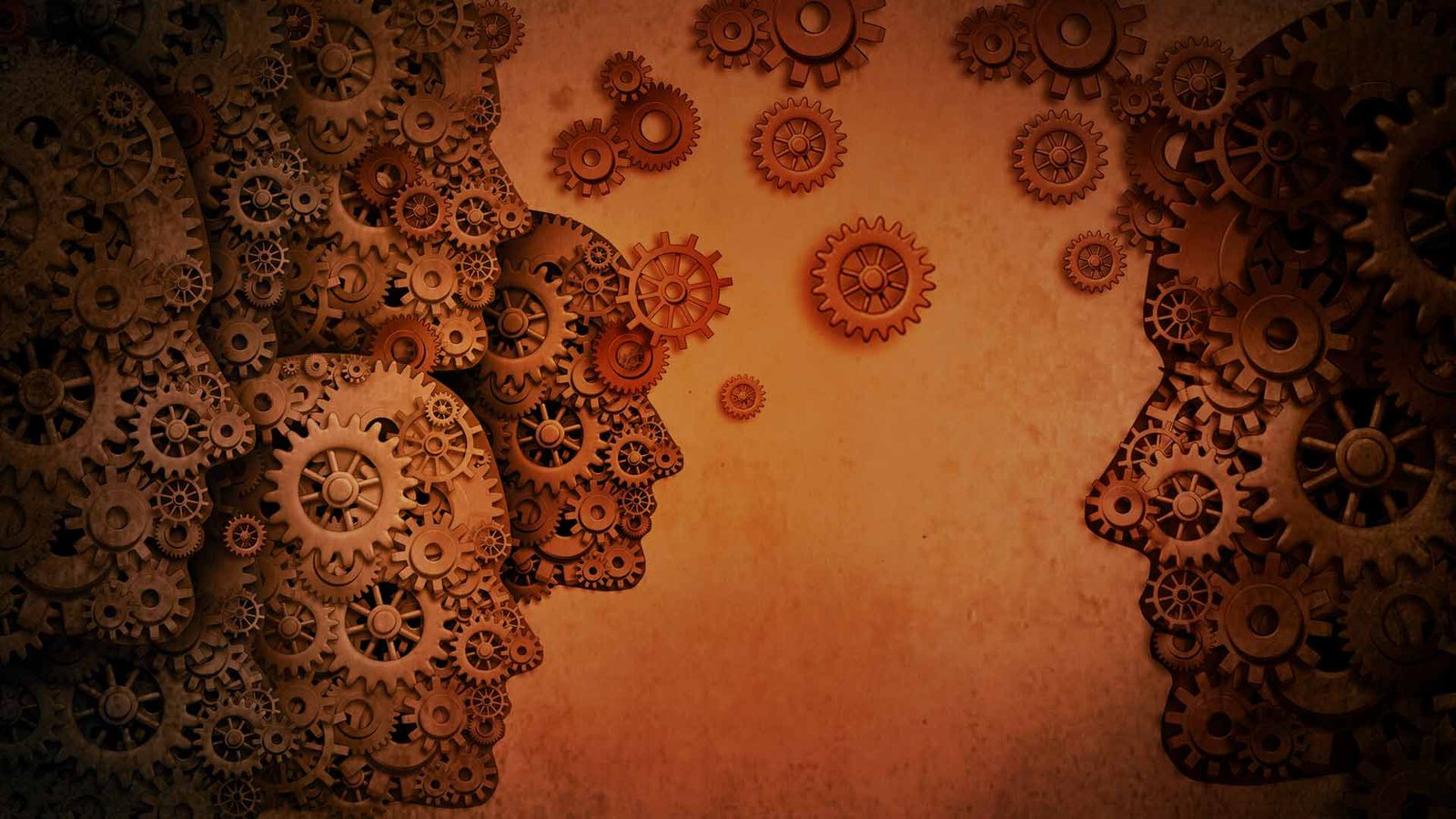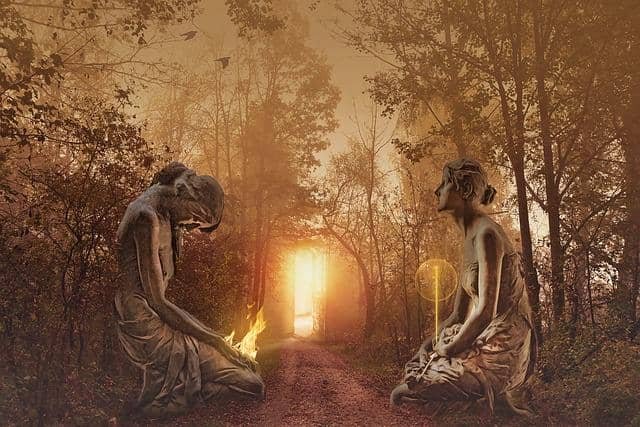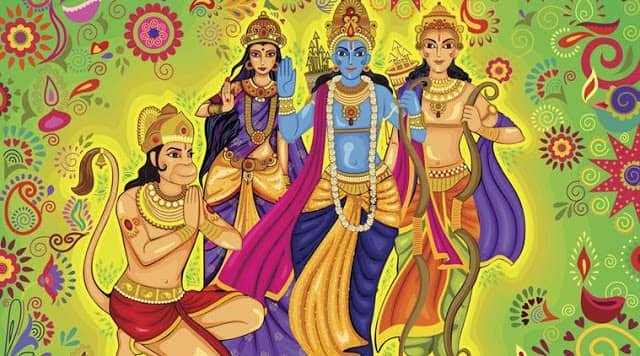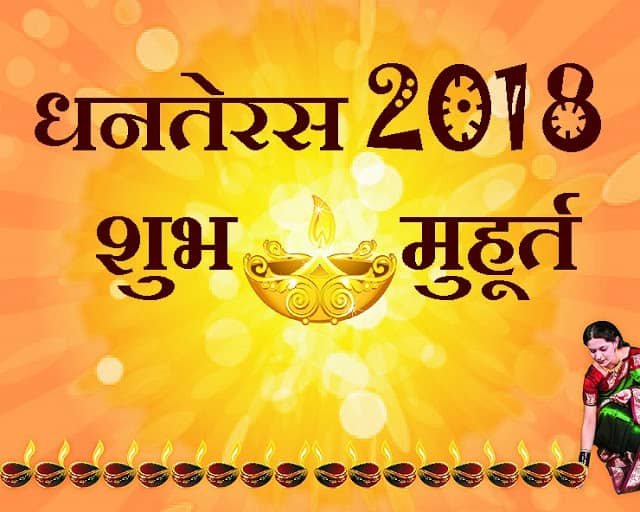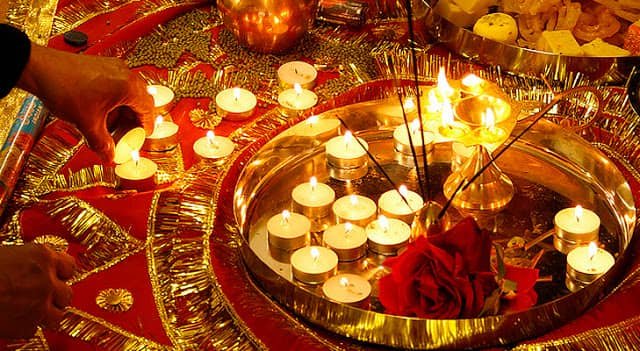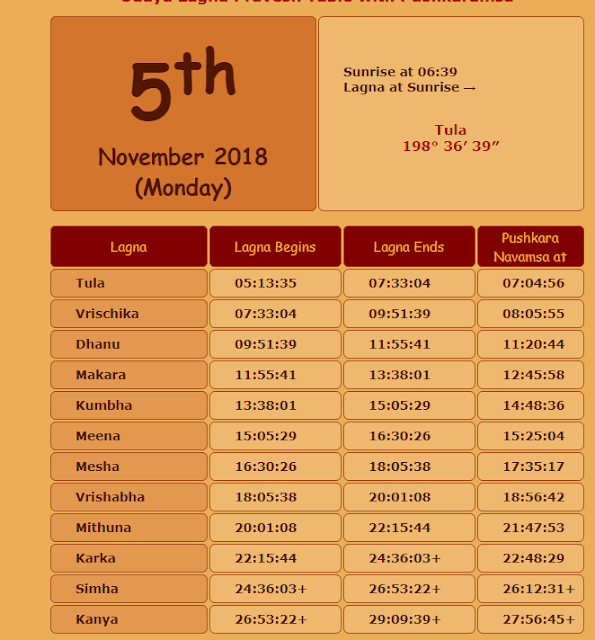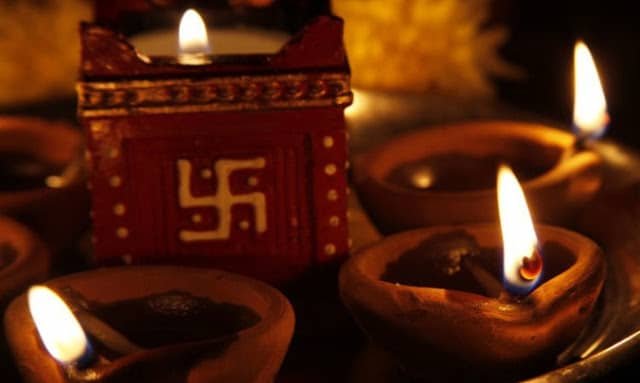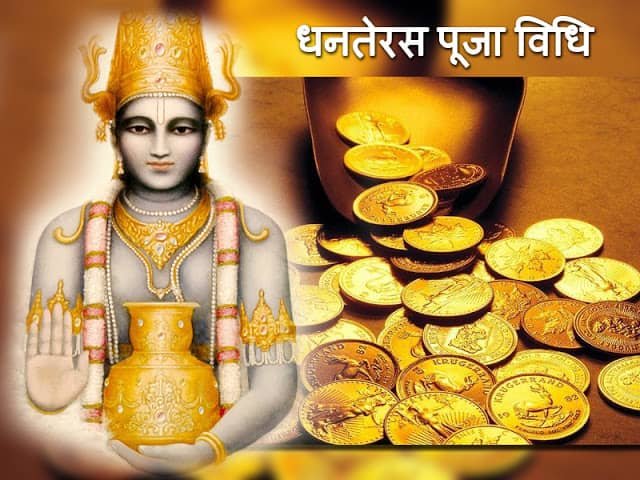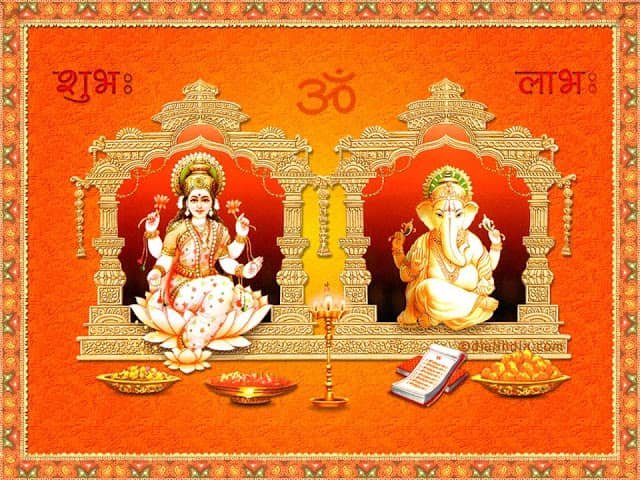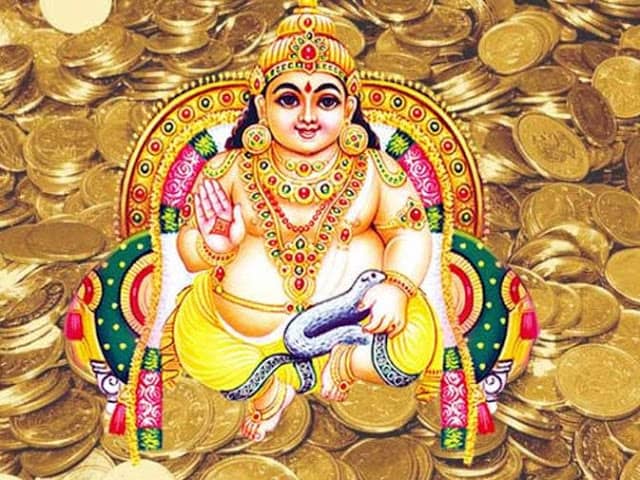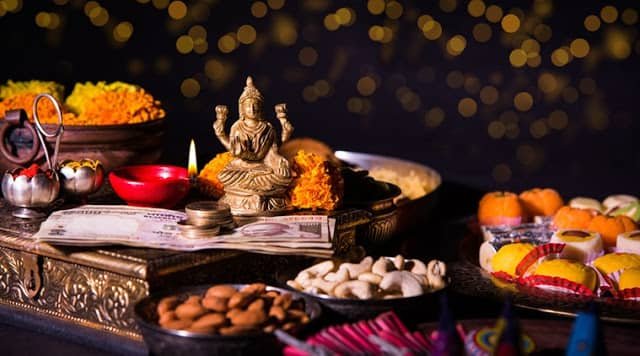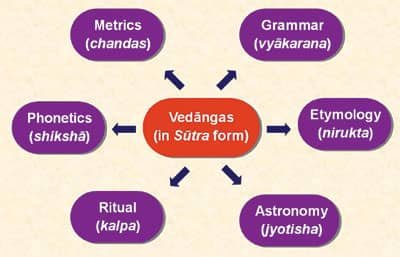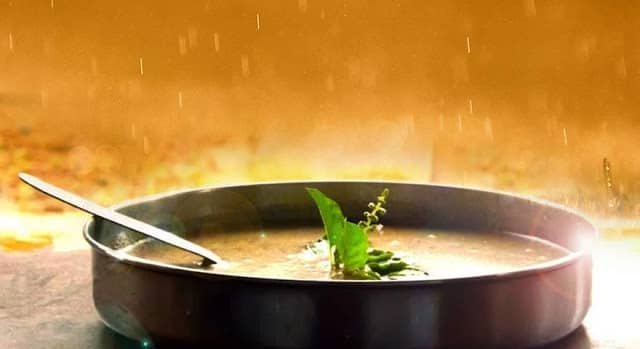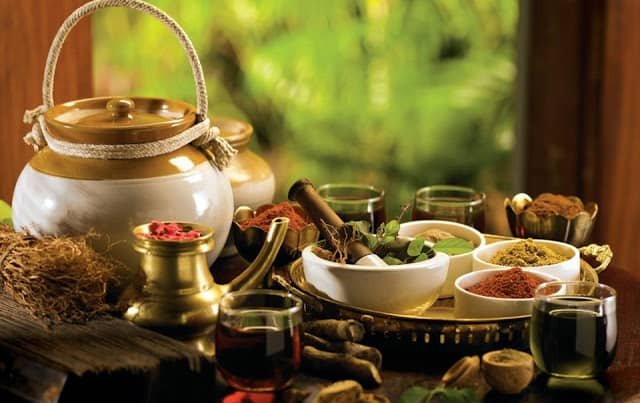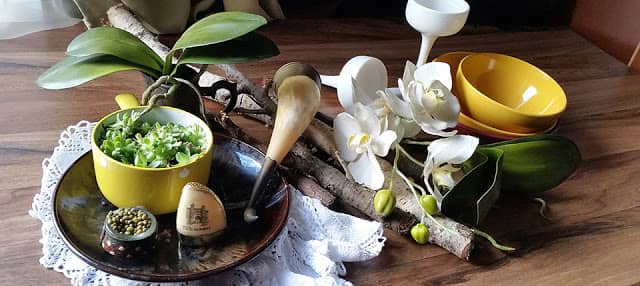
According to the Vedic astrology system, astrology closely linked with the past lives accumulated karmas which get manifested in the present life Whereas karakas of the pending karmas are Saturn, Rahu/Ketu, and Ketu is mainly seen for moksha, detachment, and rejection in this life regarding material prosperity. Rahu is mainly seen for all sort of desires that are pending from the past life and Saturn is majorly seen for all sort of karmas, either it is ongoing, collected from past or it is form of new karmas whereas nodes are seen for the dispense of dynamic karmas when their transits and Dasha’s get active.
Our Scriptures has mentioned various such doshas that are mentioned in BPHS. Though in the current article we will not discuss reasons for curses or debts. our motive is to decode the reasons for pending karmas by various techniques via natal chart. some of those doshas or curses mentioned in BPHS are as mentioned below :
1) Curses of snakes: This curse is indicated by the placement and strength of the Rahu in the natal chart. Effects of this curse give childlessness, fear from snakes and snake bites. This curse originates due to the killing of snakes in past lives. Root house for this curse is to been seen from the 5th house.
1) Curses of father: This curse is indicated by the placement and strength of the Sun in the horoscope which gets triggered in the natal chart due to wrongs done to father or due to the suffering of souls of forefathers. It gives issues of childlessness, uneasy relationships with father in the current life, untimely death of father and lack of happiness from father. To understand this curse or debt one has to see 5th, 9th and 10th house.
3) Curses of mother: This curse is indicated by the placement and strength of the Moon in the natal chart. This may happen due to ill-treatment with mother in past life. It gives issues of childlessness, problematic relationship with mother in the current life, unhappiness from mother, the untimely death of the mother. We have to see the Influences on the 4th, 5th house and moon with nodes to understand the curse.
4) Curses of brother: According to the Vedic astrology this curse has to be seen from the placement and strength or weakness of mars and Jupiter.whereas for younger brother planet Mars has to be seen and Jupiter for elder brother.Though in Nadi we see elder brother via Saturn. It gives problem in childlessness, difficult relationship with brothers, problems from brothers and lack of cordial relations with brother. To understand the curse we need to decode the placement of 3rd, 11th and 5th house along with affliction on Mars and Jupiter either via nodes or via Saturn.
5) Curses of maternal relations: For maternal relations, we need to check affliction on mercury and Saturn. It will give difficult relationship with maternal relations and we need to check affliction on 5th house and mercury, Saturn.
6) Curses of Spiritual Persons: To see curse of spiritual person we need to see affliction on Jupiter. It majorly gives problem in childlessness, problems from teachers, unhappiness, slow growth in life, stuck life, and general dissatisfaction in life, etc. We need to see the affliction on the 9th and 5th house along with Jupiter and their lordship condition.
7) Curses of the wife (or women): To see the curse or debt from females or wife one has to see the condition of the planet Venus. Any affliction on the planet venus via Nodes, Saturn or mars have majorly seen for the activation of the curse. The placement of Venus in the natal and divisional chart is important to understand the curse. It majorly gives effect problem in childlessness, difficulty in getting married, problems from wife or women, the possibility of divorce, defamation from women, etc. The most important house to be considered is the 7th house/lord.
8) Curses of Evil spirits: To see curse from the evil Spirits we need to see the planetary placement of the Rahu and Ketu in the natal chart. Generally, Role of the Nodes and Bhadhaka Graha, their lord and placement have key roles in identifying the curse from the evil spirits. It gives major problem in mental setup of the native, it gives fear from unknown and majorly fear of ghosts. we need to see the conditions of Moon, Saturn, the 5th house and the fifth lord in the natal chart along with Bhadhaka Graha and lord.
Techniques to Unlock the Pending Karma’s from the birth chart
In the next section, we will discuss the major techniques used to identify the pending karma from the natal chart.so lets decoding the secrets of past life but first, we need to understand the concept of karma, reincarnation and the cycle of karma.
Lord Sri Krishna said in ‘The Bhagawad Gita’,
” vasamsi jirnani yatha vihaya navani grhnati naro ‘paranitatha sarirani vihaya jirnany anyani samyati navani dehi ““
As a man, casting off worn-out garments takes new ones, so the dweller in the body, casting off worn-out bodies, enters into others that are new”. He has also said, “The misdeeds of our past lives torment us in the form of illnesses or ailments”
Explanation Given By Yogananda on the above Verse :
“During our daily lives, we change our old and/or dirty clothes and put on new and/or clean clothes whenever the need arises. Similarly, the soul or atman casts off its worn-out physical body and takes residence in a newer physical body at regular intervals in time. Just like the clothes that we wear do not represent the real state of our physical body, the state of our physical body (which deteriorates over time and is hence impermanent) does not represent the truly unchangeable and permanent nature of the soul that resides within it.
The eternal does not move from place to place but the embodied soul moves from one abode to another. It takes birth each time and gathers to itself a mind, life and body formed out of the materials of nature according to its past evolution, karma, deed and its needs for the future. The psychic being is the vijnana which supports the triple manifestation of the body, life, and mind. When the gross physical body falls away, the vital and mental sheaths still remain as the vehicle of the soul. Rebirth is the law of nature. There is an objective connection between the various forms of life. “Like corn, a mortal ripens and like corn is he born again”.
(Katha Upanisad, Ch 1, verse 6)
(The Bhagvad Geeta by Swami Yogananda)
This verse refers to the doctrine of reincarnation in Hinduism. Death is described here as the simple discarding of a worn-out garment for a new one. When the body becomes diseased and old, the ever-lasting soul forsakes it for a new disguise. Death is but a change of attire in an uninterrupted continuity of immortality.

Although there is none another such way to understand the past birth Debts or underlying karma process and what soul has gone through in last birth and what it will bring to the new birth. God way and process of management and operations are way beyond our imagination to understand how life and souls cycle is moving around Birth and death cycle.
We are biologically a very small electrically charged energies residing in a physical bodies having limitation to the material world, our reach and understanding life cycle in a simple plain language is not an easy task. Unless and until we are able to develop our Kundalini Shakti via deep Spiritual penance unless we can’t understand how the soul’s deeper roots karmic accounts are connected with life and death cycle.
Neither we are Yogic Person nor we are born as a Godly soul having extraordinary sensory abilities to experience futuristic visions or dream and able to understand for what purpose we took birth but yes there are certain methods via we can understand how our this life is connected with the past birth Karma’s, Rinas, and curses ( Unfinished Karmas).
One of the common methods is Understanding past life impressions via Regression therapy and other is having Extraordinary astrological knowledge on studying Past Birth Astrological cases via various Astrological charts and tools by a different branch of jyotish but astrologer must be well experienced in collecting and analyzing different life experiences with natal charts.
If you are seeking a detailed guidance regarding deep understanding on Life Purpose, Spiritual awakening, Spiritual Learning, Understanding past lives curses, debts and past birth karmic sufferings, then you need to understand the deeper karmic connections which are linked with debts and pending and decode it we need to understand methodologies used for decoding Past birth rina and curses for better understanding on karma and moving toward right Spiritual.
Although, Tracing Pending karma from a natal chart is always a tough job, as many people carry those karmas from immediate last birth or some of them carrying from many of past journeys. These are hard to trace combinations. Below are few observations which I have studied from many of the charts for Pending karmas and found true and working in many of the cases.
Technique 1 :
A) Check the number of Retrograde planets in the Natal chart: Look for the presence of a number of retrograde planets in the chart. Total number of Presence of Retrograde planets in the Natal chart shows how many pending karmas one has to exhaust in this birth. More the Retrograde planets more the total pending karmas one has to finish in this life i.e if one has a presence of 3 retrograde planets, then it means one has accumulated 3 pending karmas from many of the past journies. Each of the Retrograde planet shows, karma connected with the karakas of the planets. To see what exactly the karma is pending with the native, check the placement of the Retrograde planets in the natal chart, check, in which sign planet is placed and how many planets are aspecting it. Sign shows sufferings or delays may face in this birth and aspects show via whom you may face such hurdles, difficulties, and hurdles in this life. Dispositer lord placement of the Retrograde planet in the natal chart shows what you need to do in this life in order to fix the pending karma. To see what exactly is the pending karma retrograde planet is indicating that one has to finish in this birth or giving a clue for certain area of life, check its 12th house placement from the retrograde planet, that house placement will show the area where one has to experience the pending karma that one has to finish. for e.g if one has retrograde planet placed in the 9th house then it means pending karma is either with the guru, teacher or father and one has to experience it in this life via 8th house matter which is the 12th house placement from the 9th. 8th shows sufferings, health issues, hurdles and unknown troubles in life. now let us understand more by different planetary examples how we can judge it :
1) If Mars is retrograde, and if it is connected with the Lagna or trik Bhavas ( i.e 6th, 8th or 12th house/lord) – There will be intense Pending karmas connected with Brothers, enemies, Husband ( In Nadi), fights, Legal battles, Land, Houses, War, bravery, Kings, and Kshatriya etc. To see what exactly the karma is pending with, check the placement of the Retrograde mars in which sign and how many planets are aspecting it.
2) If Saturn is Retrograde – and if it is connected with the Lagna and trik bhavas – Then there will be deep Pending Karmas connected one’s own action in the society i,e with Karam, Actions, work, Career, debts, sins, deeds, workers, social circle, Society, Land, agriculture, and Mass, etc.
3) If Jupiter is Retrograde – then one has Pending Karmas connected with the Spiritual Guru, teacher or father he has met in the past life, or it is with the Teacher, Knowledge he has learned in past, or it is connected with one’s Learning, or there might be a karma connected with the Brahmin, Gurukul and it is the karma given by the god to finish it in this life etc. if it is connected to the trik bhavas then one has to Experience it in any case via serving people. If it is connected with the Upachaya and Dharma Bhavas then one may get success via it and one will do service to the people in the right manner for uplifting own self and other also.
4) If it is Venus – then one has pending karma connected with his wife, sister, relationships and one has to give to his Wife, Spouse, Girlfriend, elder sister and one may face hardships or some karmic debt or pending karma with respect to Relationships, wealth, luxury and majorly with the wife or lover he or she may face or experience. If the conjunction is with Sun, Nodes, Mars and Saturn, AK then the Severity would be intense and it can give hard lessons in relationships or marriage. Many a case it gives hardships, struggles in Wealth, Luxury and comfort matters. Even it gives an indication with the concerned people those are connected with the karka of Venus i.e sister in law etc. Start of pending karma depends on the Lordship of the venus in Natal chart Mool trikona rashi, that house shows the event that can trigger the past karma i,e if Venus is lord of 9th house ( then event trigger after when one starts its higher learning or enter in any institution or society).The same way you can check for other planets as well
Technique 2 :
B) Check where the Bhrigu Bindu is placed in the natal chart, the sign, planet placed in it and its lord shows what sort of karma is pending in this birth and whom it is pending and how one can finish it. If BB is placed in the 10th house then one may have pending karma with the society or with the environment where he works or with the colleagues he works in society. whenever any major planet like Jupiter, Rahu/Ketu and Saturn transit on this point; BB, native experience major shift in his destiny in that particular year till that Transit is active with respect to that sign and house placement during particular years and same way vimshotri and Chara dasha of the BB lord point shows major shift one can experience in one’s destiny during their. We will explain the concept of Bhrigu Bindu in detail in the next part with an example chart.
Technique 3 :
C) Check the house Placement and sign of the 3rd house and its lord ( Karyesha) in the natal and D3 chart ( Jaganath Drekkana) it shows your karma one is born with to fulfill in this birth by doing certain actions and karmas in the society. As 3rd house is the house of actions and initiatives done by the jeeva, and it is also directly opposite to the 9th house which shows your Past birth, father and the Bhagya, it shows your Free will (Force of karma that one perform against his destiny) and in broader sense it will show your must-have actions or karmas that you need to perform in this birth to unlock the future karma or actions one need require in this current birth.
Technique 4 :
D) Check the 6th house, Sign, planets placed in this house and its lord in the natal chart to decode the Shadripus one has to cross in this birth in order to achieve the purpose of this life. This house, planets placed in it and its lord shows what is the pending karma of this life that must be finish in order to finish or cross this life cycle barrier and reach to next life. For e.g if one has sign libra in the 6th house and there is no planet placed in the house then we have to see where 6th house lord is placed. that placement shows what sort of blockage one is experiencing in this birth with respect to that particular house placement. If we take current Example, venus is 6th lord and if it is placed in the 10th house in Aquarius sign then one may experience a problem in his career or profession because of his relationships with the female members in his office environment or one can face problem in his career via his wife or one face hurdle in his career life or performing certain karma in society due to the properties of the venus i.e problems via females, wife, wealth etc.
Technique 5 :
E) Check Placement and Sign aspect of Saturn and Rahu in the natal chart, shows what is the Major karma that needs to work on it in current life and if both the planets make a relation to each other or some Sambandha in a way by Mutual Aspects, conjunctions then one need to first finish this house karma in order to grow or progress in this life. for e.g Saturn is placed in 8th house and Rahu is placed in the 5th house , As Saturn is aspecting 5th house by 10th aspect then one needs to finish the pending karma wrt to 5th house matters i.e Bhakti, Stability of the chitta ( Mind) affairs, romance, children’s and basic education etc.
Note : These Pending karmas one has to exhaust in any case without any delay or without escaping point from it, Dashas, Ad, and Pd of all these retrograde planets play the main role in turning life into a major transformative events and one has to finish it in any case by experiencing it and all these planets play a major role in transforming inner conscious (Spiritual instinct) of the native. Either they teach a hard lesson or one totally get spiritual in these dasha periods.
Technique 6 :
Karma from D9 and Divisional charts :
There are also few other pending Karmas which are very intense and one cannot avoid it and those are presence in the form of curses and Karmic point. All these intense karmas one has to seen from the D9, D3, D30 and D60 chart. Whereas Planetry conjunction with either North node or south nodes in D9 shows the Deep and very intense karmas which were long pending from many of the birth and native is trying to avoid it or carry forwarding to many of birth from long via some divine help, guru blessings or Good Deeds.
As, Rahu-Ketu shows Sudden karmic point whereas Saturn shows karma that one has to improve it in this birth with own efforts and actions. Rahu-Ketu karmas have come in the form of mundane and physical sufferings and karma of Saturn comes in the form of Learning and lessons.
i.e If Rahu is placed with Venus in d9 chart – One had deep, Sudden and intense karma connected with either wife or girlfriend, Relationships (Extra or pre-marital physical relations) , some karma connected with lady love or with women whom he loves in past birth that can give either intense suffering or one may learn a hard lessons after marriage or it can starts when one person get involved in any relationship.
If Sun is with Rahu, then one may play a deep and intense relationship with Father or fatherly figure people, this conjunction can activate a Pitru curse in chart when Sun is involved with either 5th or 9th lord in D1 chart and it is in conjunction in d9 chart. this can activate it either after marriage or when some joins Job or he or she do bad deeds to any of fatherly figure native.
If Moon is with Rahu – then it gives deep and intense emotional sufferings via Mother, mother in law or eldest sister or via suffering intensely in an emotional bond. this could be very intense when the moon is lord of 4th house in d1 and same time if it is lord of 7th lord in d9. then it can get activate after marriage.
same we can check for Planetary conjunction with Ketu that shows Long pending karma connected with the past birth that one is avoiding from many of the birth. Ketu shows what is left behind, one’s rejections that have to experience and what is you have to finish in this birth to grow yourself spiritually. Ketu is a planet of detachment so here suffering and the lesson is connected in the form of detachment and one may face lots of detachment via karaka of the planet as native may have given sufferings or detachment to someone in that past birth in any of the form
Other Pending karmas are seen from the D3, D30 and D60 chart that shows the karma of immediate last birth, that one has to face or experience in this birth that we will cover in the 2nd part of this article with example charts. It could be seen in these above mentioned divisional charts when karka of any of planet is connected with Mars, Saturn and nodes in D3, D30 and D60 chart, those having lordship with the 6th, 8th, 12th or Lagna in the D1 chart.D3 chart majorly shows about the Bott past and future karma native has to experience i.e what is the soul goal of the native or what one has to experience in this birth due to the good and Bad deeds done via the native. whereas D30 chart shows about the Suffering one has to experience in this birth because of his weaknesses, shadripus, sins and past debts.
I hope people would have enjoyed this article reading it and people will try to apply in their chart to understand it more deeply with the example charts. In the 2nd part, we will try to explain each and every technique with example charts of people those have experienced their destiny and past karmas astrologically.
Regards,
Rakesh Jamwal
Source and Reference :
(Katha Upanisad, Ch 1, verse 6)
(The Bhagvad Geeta by Swami Yogananda)
Views: 2369


